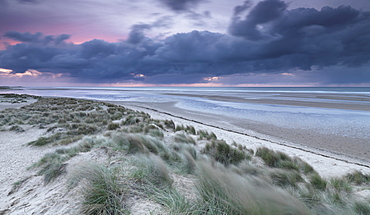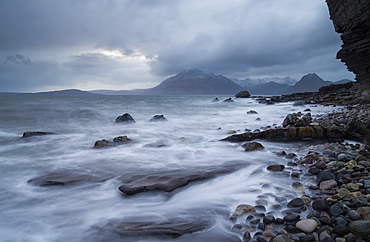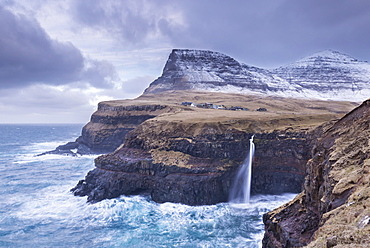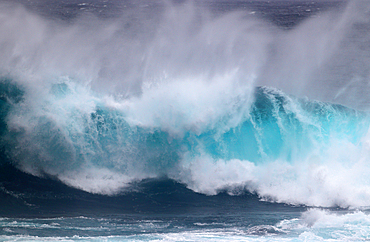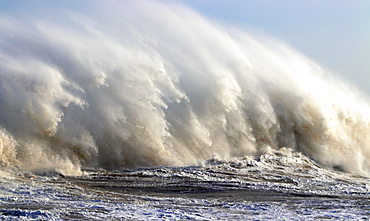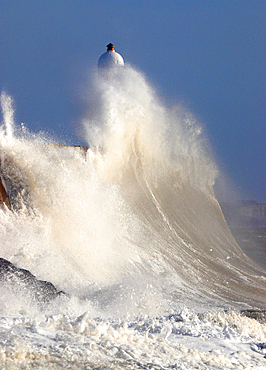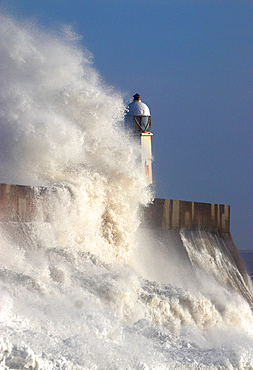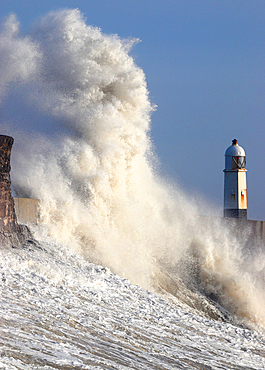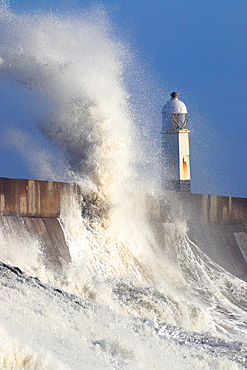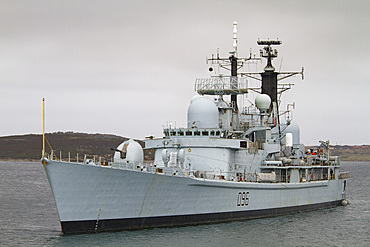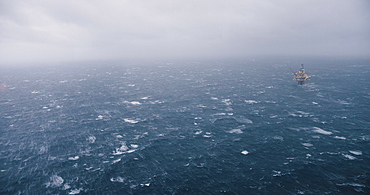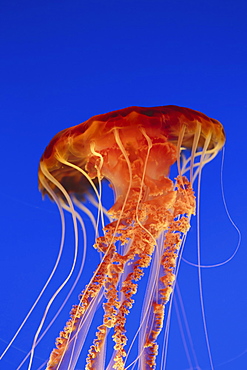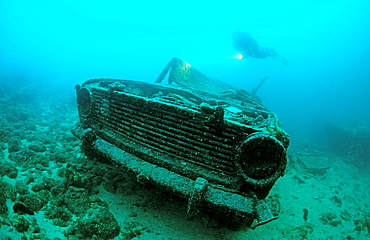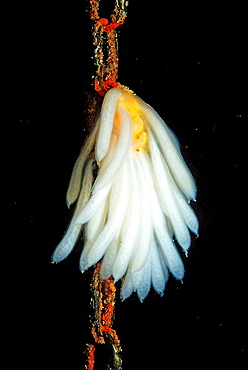Results
29 results found
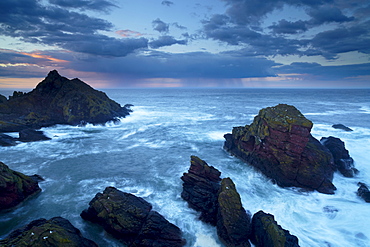
Stormy conditions on a spring evening at Horsecastle Bay, St. Abb's Head Nature Reserve, Berwickshire, Scotland, United Kingdom, Europe
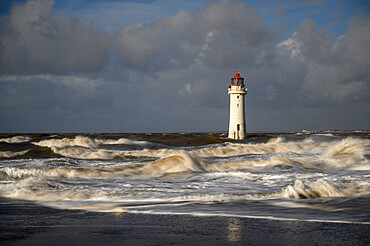
New Brighton lighthouse during stormy conditions, The Wirral, Cheshire, England, United Kingdom, Europe
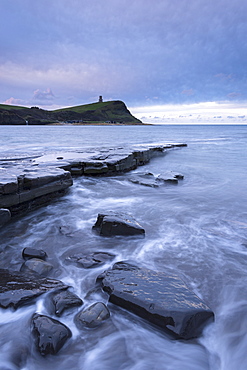
Stormy conditions at Kimmeridge Bay on the Jurassic Coast, UNESCO World Heritage Site, Dorset, England, United Kingdom, Europe
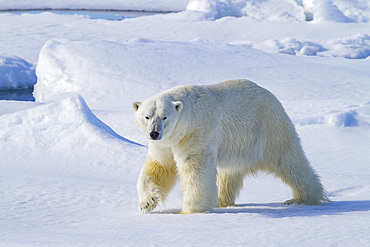
Adult male polar bear (Ursus maritimus), on multi-year ice floes off the eastern coast of Spitsbergen in the Svalbard, Norway
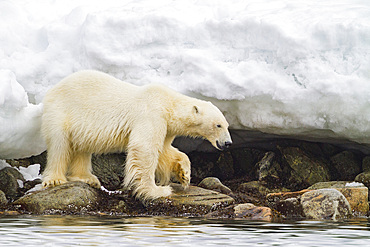
Adult polar bear (Ursus maritimus) in Holmabukta on the northwest coast of Spitsbergen in the Svalbard Archipelago, Norway
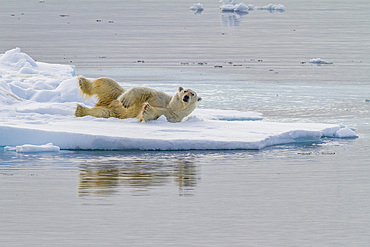
Adult polar bear (Ursus maritimus), on multi-year ice floes off the coast of Edgeoya, Svalbard, Norway
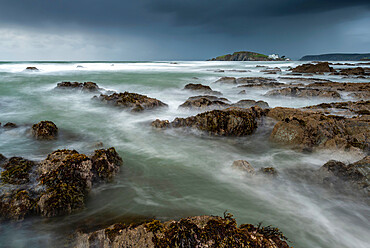
Stormy conditions on the rocky Bantham coast in autumn, looking across to Burgh Island, Devon, England, United Kingdom, Europe
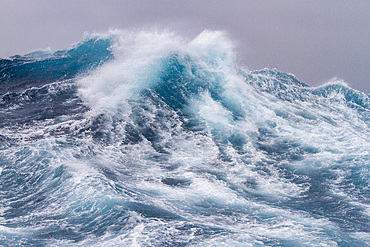
Huge seas and waves in a Beaufort scale 10 storm in the seas between the Falkland Islands and South America, South America
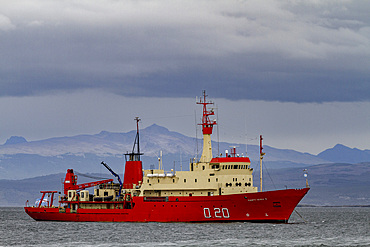
Argentine ship the Puerto Deseado operating from Ushuaia, Argentina to the Antarctic Peninsula in Antarctica, Southern Ocean, Polar Regions
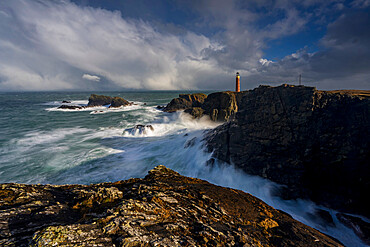
Stormy conditions at the Butt of Lewis Lighthouse, Isle of Lewis, Outer Hebrides, Scotland, United Kingdom, Europe
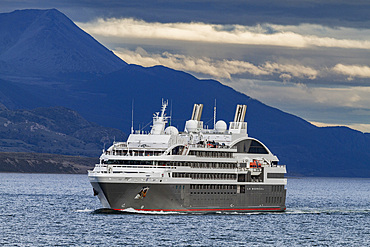
Expedition ship Le Boreal operating from Ushuaia, Argentina to the Antarctic Peninsula in Antarctica, Southern Ocean, Polar Regions
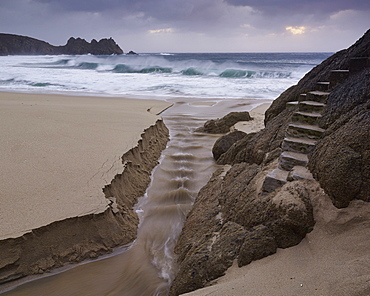
Stormy conditions on the beach looking out towards Logan Rock at Porthcurno, Cornwall, England, United Kingdom, Europe
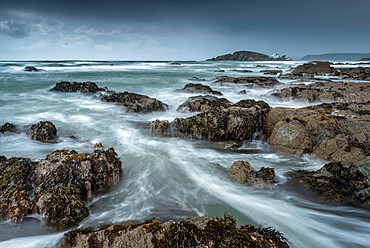
Stormy conditions on the rocky Bantham coast, looking across to Burgh Island, Devon, England, United Kingdom, Europe

Damatic conditions at Mangersta, Mangersta Beach, Isle of Lewis and Harris, Outer Hebrides, Scotland, United Kingdom, Europe
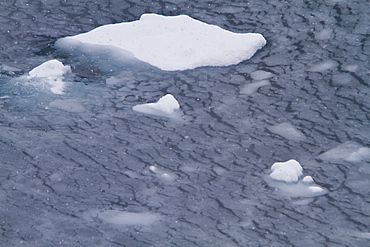
Blizzard conditions cause the ocean's surface to begin to freeze in Dahlmann Bay, Antarctica, Southern Ocean. MORE INFO First signs of grease ice as the surface of the sea begins to freeze.
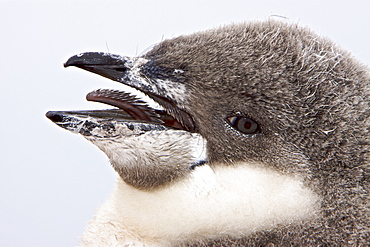
Chinstrap penguin (Pygoscelis antarctica) chick head detail at colony on Useful Island near the Antarctic Peninsula. There are an estimated 2 million breeding pairs of chinstrap penguins in the Antarctic peninsula region alone, perhaps as many as 7.5 million breeding pairs in all of Antarctica. Their name derives from the narrow black band under their heads which makes it appear as if they are wearing black helmets, making them one of the most easily identified types of penguin. Other names for them are "Ringed Penguins", "Bearded Penguins", and "Stonecracker Penguins" due to their harsh call. They grow to 68 cm (27 in). The average adult weight of a Chinstrap Penguin is 4.5 kg (10 lbs). Weight can range from 3 to 6 kg (6.6-13.2 lbs), with males being slightly larger and weight varying based on where the penguin is in the breeding cycle. Their diet consists of krill, shrimp, and fish. On land they build circular nests from stones, and lay two eggs, which are incubated by both the male and the female for shifts of five to ten days. They can also breed on icebergs, though they prefer non-icy conditions. The chicks hatch after about 35 days, and have fluffy gray backs and white fronts. The chicks stay in the nest for 20?30 days before they go to join a creche. At around 50?60 days old, they moult, gaining their adult plumage and go to sea. The Chinstrap Penguin was first described by German naturalist Forster in 1781. Its specific epithet was often seen as antarctica, however a 2002 review determined the genus Pygoscelis was masculine, and hence the correct binomial name is Pygoscelis antarcticus.
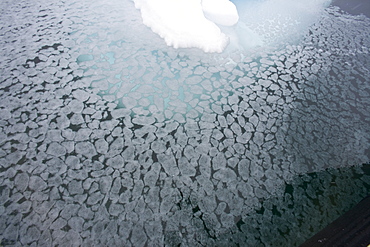
Blizzard conditions cause the ocean's surface to begin to freeze in Dahlmann Bay, Antarctica, Southern Ocean. MORE INFO First signs of grease ice as the surface of the sea begins to freeze.
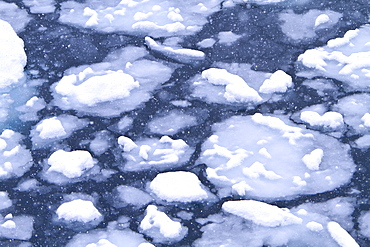
Blizzard conditions cause the ocean's surface to begin to freeze in Dahlmann Bay, Antarctica, Southern Ocean. MORE INFO First signs of grease ice as the surface of the sea begins to freeze.

Chinstrap penguin (Pygoscelis antarctica) in surf conditions at Baily Head on Deception Island, South Shetland Island Group, Antarctica

Flat calm conditions in Crystal Sound, south of the Antarctic Circle, Antarctica, Southern Ocean. MORE INFO This area is full of flat first year sea ice, well developed icebergs, with many open leads.
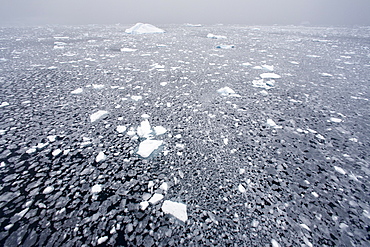
Blizzard conditions cause the ocean's surface to begin to freeze in Dahlmann Bay, Antarctica, Southern Ocean. MORE INFO First signs of grease ice as the surface of the sea begins to freeze.
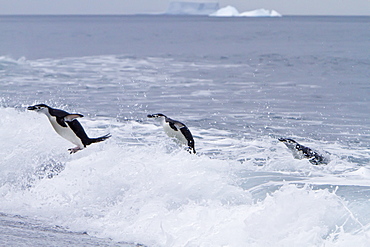
Chinstrap penguin (Pygoscelis antarctica) in surf conditions at Baily Head on Deception Island, South Shetland Island Group, Antarctica
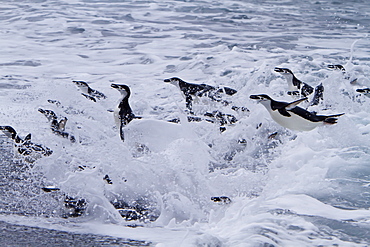
Chinstrap penguin (Pygoscelis antarctica) in surf conditions at Baily Head on Deception Island, South Shetland Island Group, Antarctica
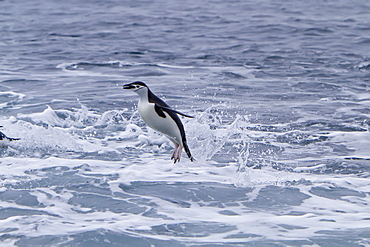
Chinstrap penguin (Pygoscelis antarctica) in surf conditions at Baily Head on Deception Island, South Shetland Island Group, Antarctica

Chinstrap penguin (Pygoscelis antarctica) in surf conditions at Baily Head on Deception Island, South Shetland Island Group, Antarctica
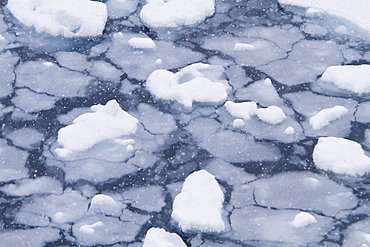
Blizzard conditions cause the ocean's surface to begin to freeze in Dahlmann Bay, Antarctica, Southern Ocean. MORE INFO First signs of grease ice as the surface of the sea begins to freeze.
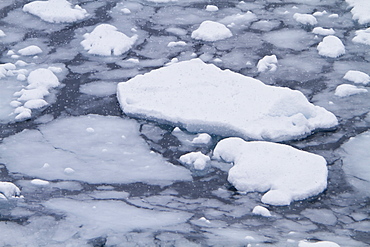
Blizzard conditions cause the ocean's surface to begin to freeze in Dahlmann Bay, Antarctica, Southern Ocean. MORE INFO First signs of grease ice as the surface of the sea begins to freeze.
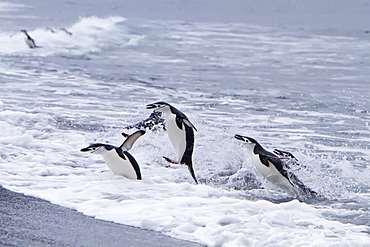
Chinstrap penguin (Pygoscelis antarctica) in surf conditions at Baily Head on Deception Island, South Shetland Island Group, Antarctica
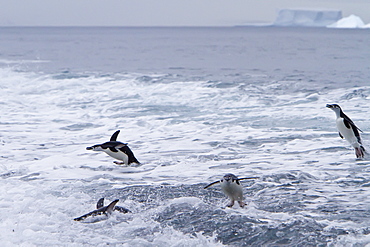
Chinstrap penguin (Pygoscelis antarctica) in surf conditions at Baily Head on Deception Island, South Shetland Island Group, Antarctica
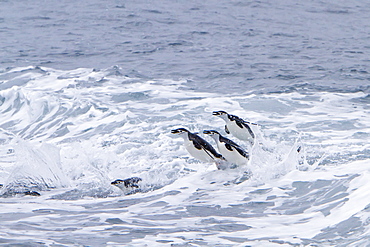
Chinstrap penguin (Pygoscelis antarctica) in surf conditions at Baily Head on Deception Island, South Shetland Island Group, Antarctica
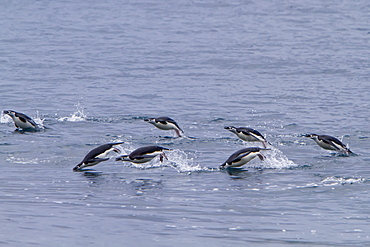
Chinstrap penguin (Pygoscelis antarctica) in surf conditions at Baily Head on Deception Island, South Shetland Island Group, Antarctica

Chinstrap penguin (Pygoscelis antarctica) in surf conditions at Baily Head on Deception Island, South Shetland Island Group, Antarctica
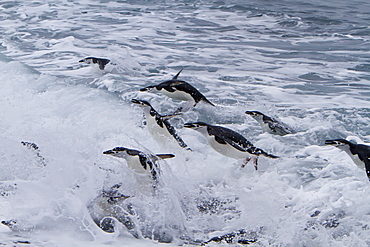
Chinstrap penguin (Pygoscelis antarctica) in surf conditions at Baily Head on Deception Island, South Shetland Island Group, Antarctica
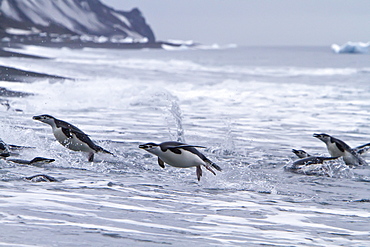
Chinstrap penguin (Pygoscelis antarctica) in surf conditions at Baily Head on Deception Island, South Shetland Island Group, Antarctica

Chinstrap penguin (Pygoscelis antarctica) in surf conditions at Baily Head on Deception Island, South Shetland Island Group, Antarctica
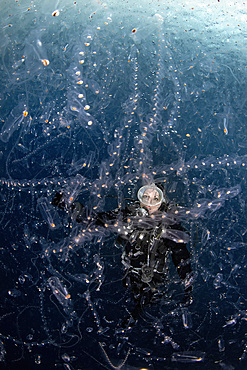
A diver watches in awe a dense soup of tunicates aggregated by very special sea conditions. This picture was taken during a special event occurred on April 2019 in the Strait of Messina, when special conditions of weather, sea currents and moon phases brought close to surface a lot of pelagic subjects, including a few usually living very deep.
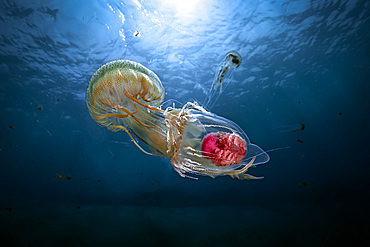
A common mediterranean jellyfish (Pelagia noctiluca) feasting on another mediterranean jellyfish (Neoturris pileata), rarely seen in shallow waters. This picture was taken during special event occurred on April 2019 in the Strait of Messina, when special conditions of weather, sea currents and moon phases brought close to surface a lot of pelagic subjects, including a few usually living very deep.

Schloss Bothmer Castle near Kluetz, dilapidated condition, Coast of the Baltic Sea, Mecklenburg-Western Pomerania, Germany, Europe

Schloss Bothmer Castle near Kluetz, dilapidated condition, Coast of the Baltic Sea, Mecklenburg-Western Pomerania, Germany, Europe
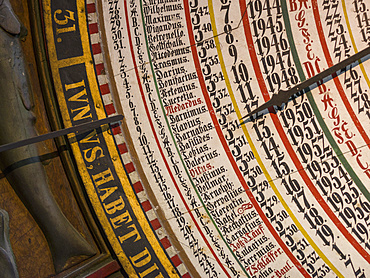
The medieval astronomic clock, the only one of its kind in good working condition. Church Marienkirche, a landmark of Rostock. The hanseatic city of Rostock . Europe,Germany, Mecklenburg-Western Pomerania, June

The medieval astronomic clock, the only one of its kind in good working condition. Church Marienkirche, a landmark of Rostock. The hanseatic city of Rostock . Europe,Germany, Mecklenburg-Western Pomerania, June
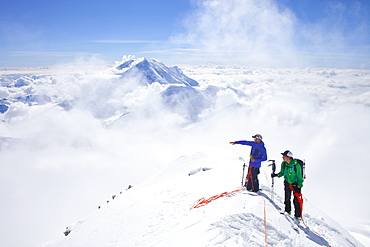
High Mountain Rangers Tom Ditola and David Weber are taking a rest on the West Rib on Mount McKinley, Alaska. Mount Hunter in the background. They are above the clouds in blue sky and the sun is shining. Mount McKinley, native name Denali, is the highest mountain peak in North America, with a summit elevation of 20,321 feet (6,194 m) above sea level. At some 18,000 feet (5,500 m), the base-to-peak rise is considered the largest of any mountain situated entirely above sea level. Measured by topographic prominence, it is the third most prominent peak after Mount Everest and Aconcagua. Located in the Alaska Range in the interior of the U.S. state of Alaska, McKinley is the centerpiece of Denali National Park and Preserve. Every climbing season High Mountain Rangers of the Denali National Park Service are called to help climbers in need. If possible the patient is brought down to base camp on foot, only in life threatening conditions a helicopter is called to evacuate the patient to a hospital in Anchorage.
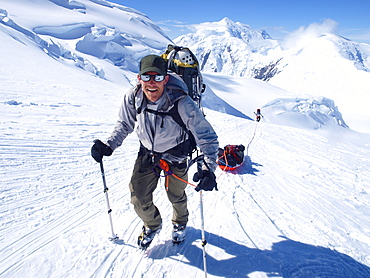
Mountain ranger Brian Scheele on this way to Windy Corner on Mount McKinley, also know as Denali, in Alaska. He is pulling a sled, that together with his heavy backpack is containing all the gear like tents, clothing and food. Every climbing season High Mountain Rangers of the Denali National Park Service are called to help climbers in need. If possible the patient is brought down to Basecamp on foot, only in life threatening conditions a helicopter is called to evacuate the patient to a hospital in Anchorage. Mount McKinley, native name Denali, is the highest mountain peak in North America, with a summit elevation of 20,321 feet (6,194 m) above sea level. At some 18,000 feet (5,500 m), the base-to-peak rise is considered the largest of any mountain situated entirely above sea level. Measured by topographic prominence, it is the third most prominent peak after Mount Everest and Aconcagua. Located in the Alaska Range in the interior of the U.S. state of Alaska, McKinley is the centerpiece of Denali National Park and Preserve.
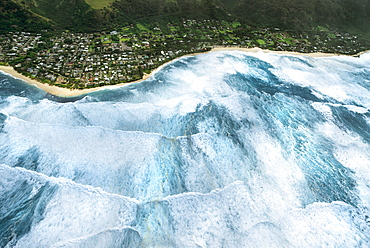
A helicopter overview of Sunset Beach during Condition Black. (Condition Black is extremely rare and nobody is allowed to enter the ocean during this time).

Divers exploring the prop and rudder at the stern of The Carthaginian, a Lahaina landmark, that was sunk as an artificial reef off Lahaina, Maui, Hawaii in December 2005, Maui, Hawaii, United States of America
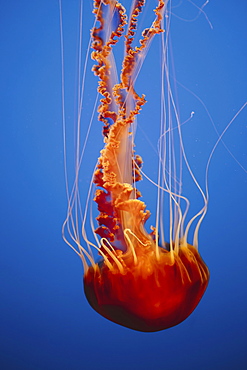
Black sea nettle jellyfish underwater, in the Monterey Bay Aquarium, Monterey County, California, USA
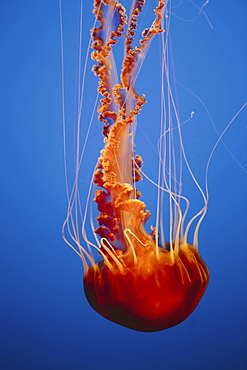
Black sea nettle jellyfish, Chrysaora fuscescens,scyphozoa, underwater in the Monterey Bay Aquarium, Monterey County, California, USAUSA

Black sea nettle jellyfish, Chrysaora fuscescens,scyphozoa, underwater in the Monterey Bay Aquarium, Monterey County, California, USAUSA
